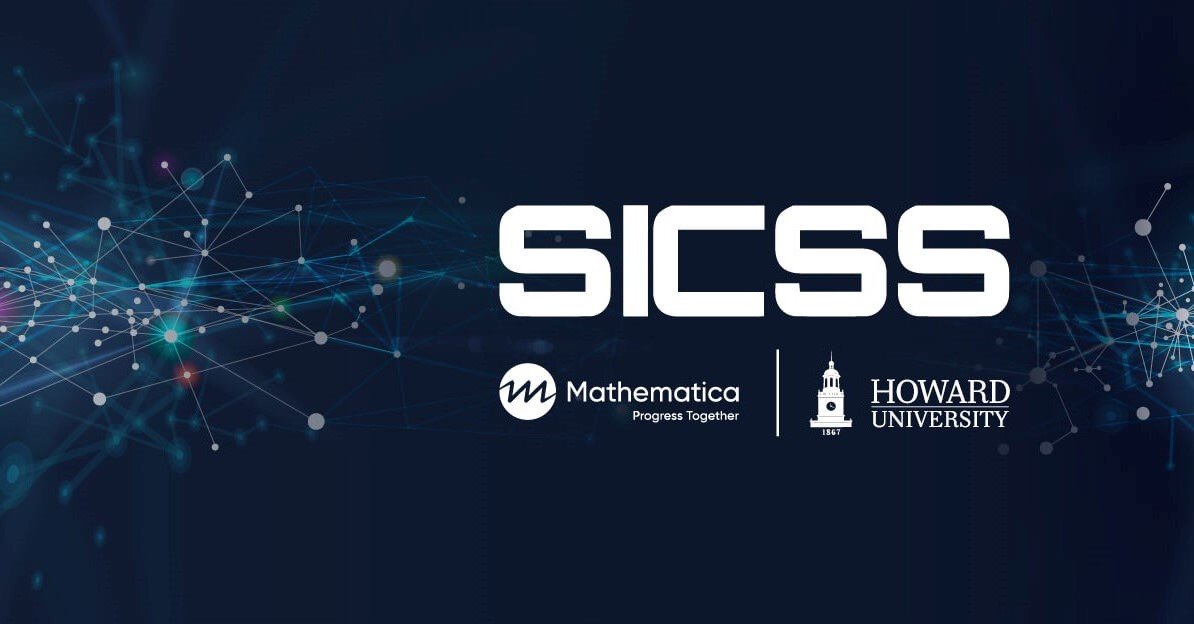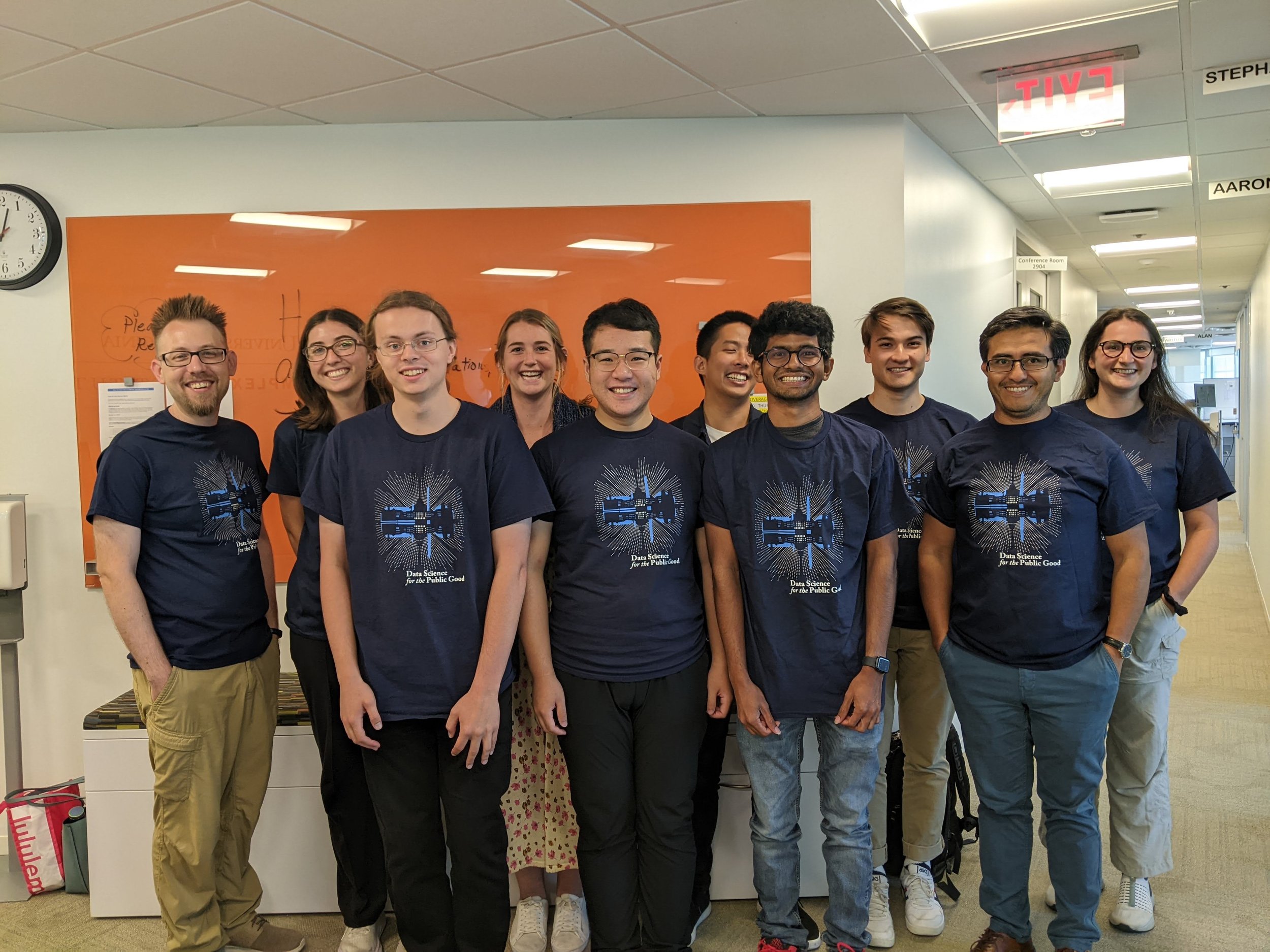Equity-Focused Research Dissemination Planning
By Dawn A. Rowe, Ph.D, member of the CTE Research Network Equity Working Group and Professor East Tennessee State University
As we think about dissemination of research findings, to inform policy change and to better support students in reaching their career goals, it is important the information disseminated is accessible to a range of audiences (i.e., academic and non-academic). To reach our targeted audiences, our strategies must a) include multi-directional communication, b) be interactive, c) include collaboration among relevant parties, d) be user and context specific, and e) emphasize the use of the knowledge generated from the research.
According to the Stage Six: Reporting and Dissemination of the CTE Research network’s Equity Framework for Career Technical Education, applying an equity focused lens specifically to reporting and dissemination necessitates a careful and deliberate approach to interpreting research findings, selecting and framing relevant information in a meaningful manner, contextualizing the interpretation through a cohesive narrative, and employing diverse communication strategies to cater to different target groups.
View the Equity Framework for CTE Research: https://cteresearchnetwork.org/equity-cte-research-framework
To start:
1. Gather your dissemination team. In addition to the members of your research team, to develop a dissemination plan with an equity lens, you will want to ensure your team represents those in the communities who will most benefit from the research. Partner with community organizations and stakeholders to co-create a dissemination plan that ensures the research is culturally appropriate and relevant to the community. In the case of CTE research this could be CTE practitioners, administrators, business and industry partners, and students. The Community-Centered Dissemination Toolkit provides some probing questions to assist in determining who should be included on the dissemination team.
2. Define your goal for dissemination. What do you hope to achieve as a result of disseminating? The Equity in CTE Workgroup (2022) recommends one goal as reporting findings in context, highlighting key results for different stakeholder groups, and providing recommendations on how to use the findings. Another goal may be to increase reach or increase use or ability to apply the evidence? Depending on your goal, it may be determined you need to invite new community partners to the team to ensure your research is accessible to the target audience.
3. Develop a plan of action. Your action plan should include a list of discrete steps to achieve your dissemination goals. As noted by the Equity in CTE Workgroup (2022), ensure your dissemination plan includes strategies to share results of your research to a range of audiences, tailoring content as appropriate. To accomplish this, consider who your audience is and how they may differ in terms of race, ethnicity, gender, ability, socioeconomic status, and other factors. Aim to make your research accessible and relevant to all members of your audience, regardless of their background. Consider how your research may impact different groups of people and be mindful of any potential unintended consequences. Be sure to address any potential biases in your research and consider ways to mitigate them. Gain input from the populations studied on the language used to share findings. Your plan should also consider strategies to ensure language, tone, and perspective is based on the audience. Use inclusive language, that is language that is accessible and easy to understand for diverse audiences. Avoid jargon or technical terms that might exclude people who are not familiar with the topic. When selecting a medium to share content, consider each audience’s technological resources and access to information. Lastly, make the underlying research data available to those who provided the data and to other researchers as possible while protecting privacy and confidentiality (Equity in CTE Workgroup, 2022).
Learn more about using the Equity Framework in your research!
4. Identify resources. In order to execute the dissemination plan effectively, the dissemination team should pinpoint the necessary resources, such as financial support, workforce, and cultural or community assets. These teams should also allocate funds and compensate community experts and contractors accordingly. If you are planning a project and applying for external funding to carry out the research (e.g., through Institute of Education Sciences), consider including in your application funds to carry out the dissemination plan.
5. Evaluate the impact. Evaluation is an important step in the dissemination process. Monitor and evaluate the impact of your dissemination plan to determine if your research is reaching and benefiting the intended audience. Use feedback from the audience to refine your dissemination plan and improve the effectiveness of your research. To determine if your dissemination plan achieved the goals identified and had the desired impact on your audience, identify specific measurable objectives. The Community-Centered Dissemination Toolkit provides an evaluation plan worksheet to guide you in evaluating your dissemination plan with an equity-focused lens.
Overall, disseminating research using an equity lens requires a proactive and intentional approach to ensure findings are accessible and relevant to diverse audiences. It requires ongoing engagement with communities and stakeholders to ensure the research is informed by and responsive to their needs and perspectives. By partnering with community stakeholders, using inclusive language, and providing actionable recommendations, you can help to promote equity and reduce disparities in CTE or other fields of study.
References
Equity in CTE Workgroup. (2022). Equity framework for career and technical education research. American Institutes for Research, Career and Technical Education Research Network.
Farley-Ripple, E., Van Horne, S., Tilley, K., Shewchuk, S., May, H., Micklos, D. A., Blackman, H. (2022). Survey of Evidence in Education for Schools (SEE-S) Descriptive Report. The Center for Research Use in Education (CRUE) & the Center for Research in Education and Social Policy (CRESP), University of Delaware. Available from http://crue.cehd.udel.edu/
Farley-Ripple (2021). Research brokerage: How research enters and moves through schools. Retrieved from: http://www.research4schools.org/wp-content/uploads/2021/09/Research-Brokerage-Brief-FINAL.pdf




























Read this collection of multidisciplinary articles to explore epistemological questions in Indigenous research.